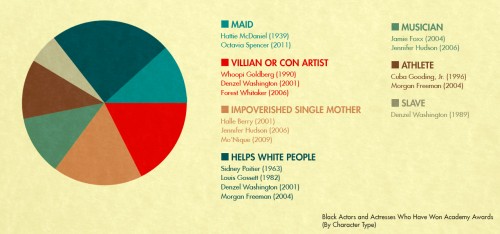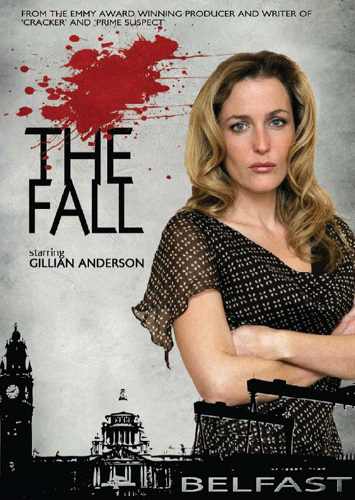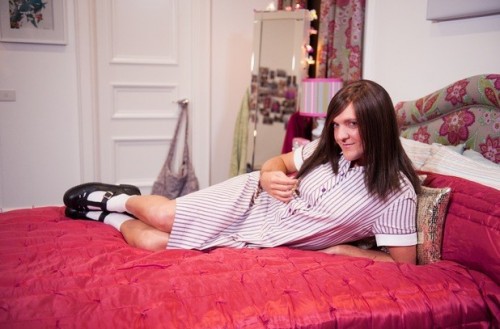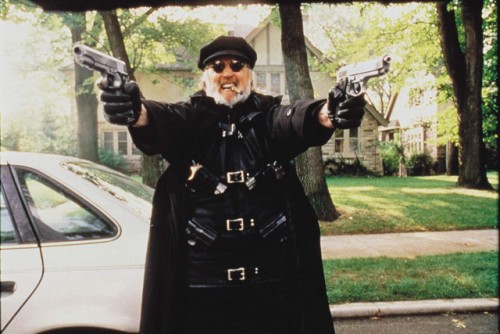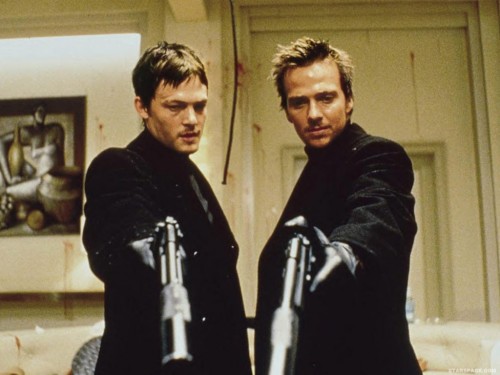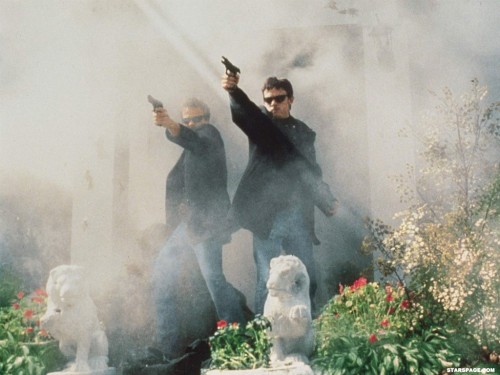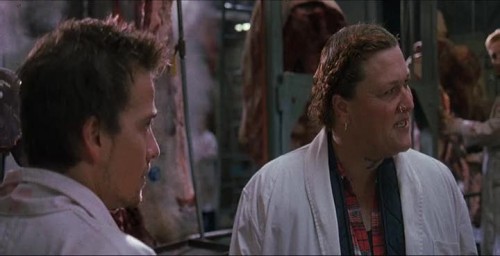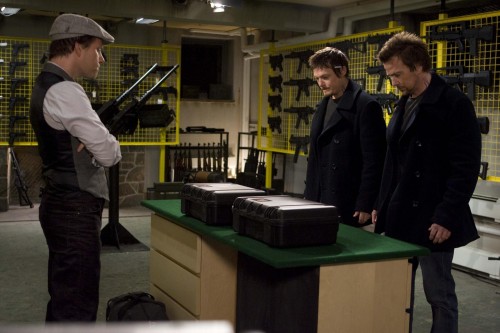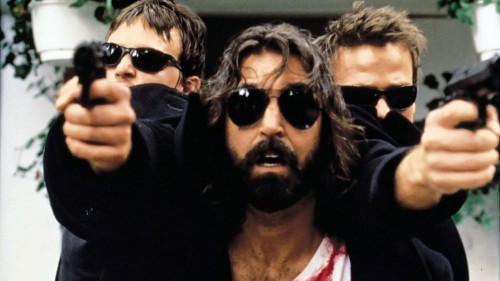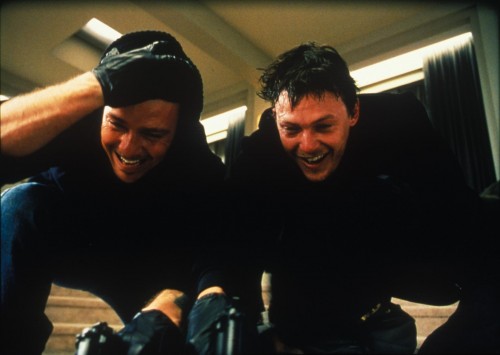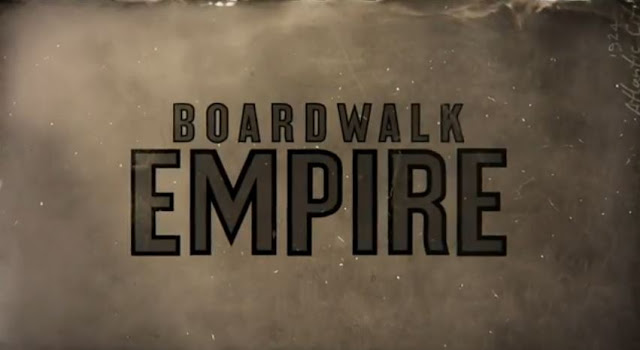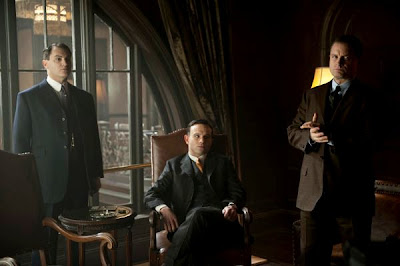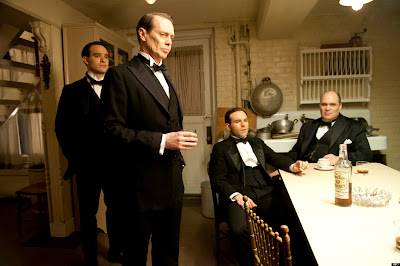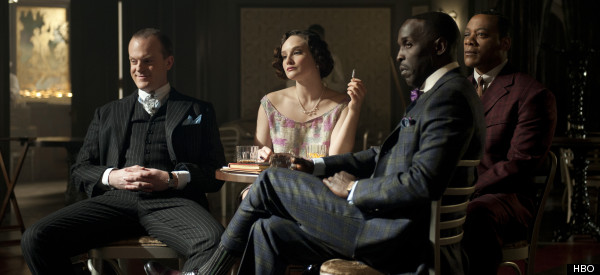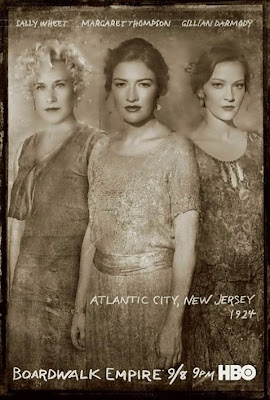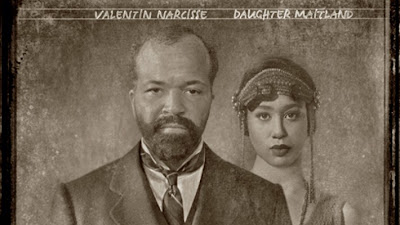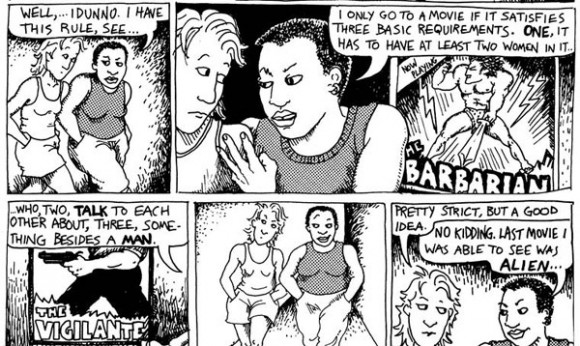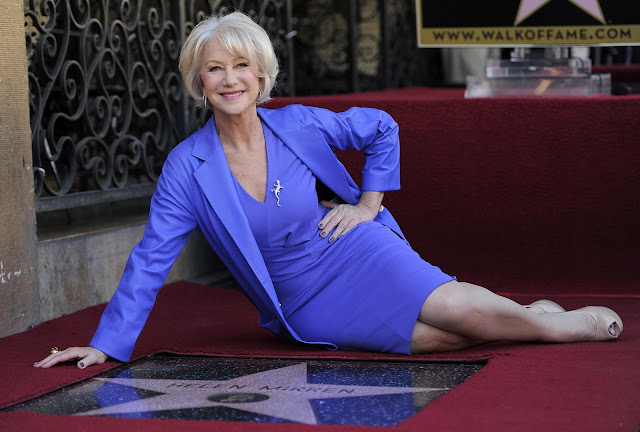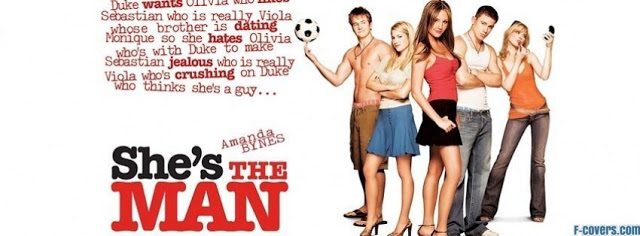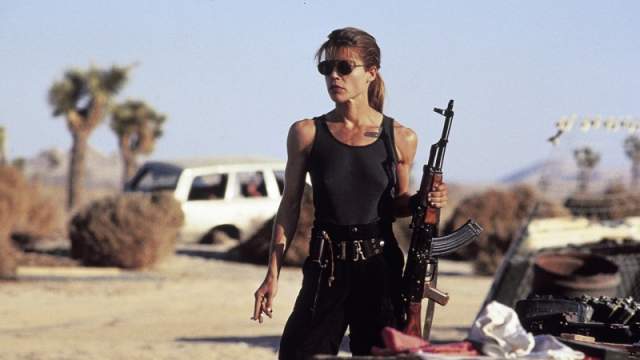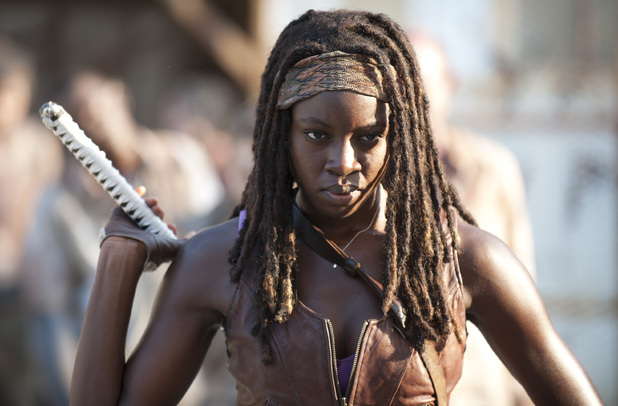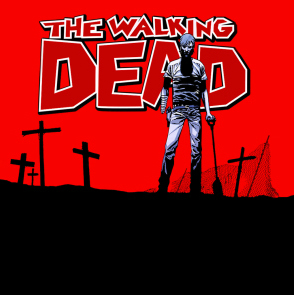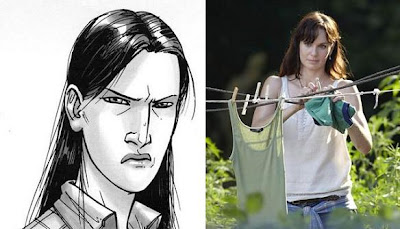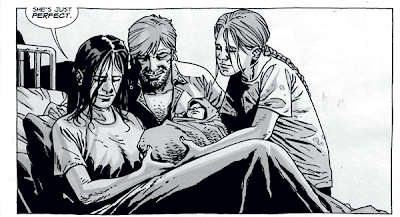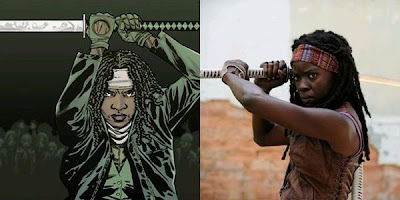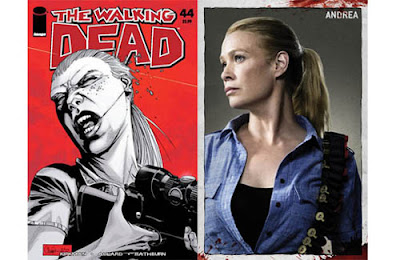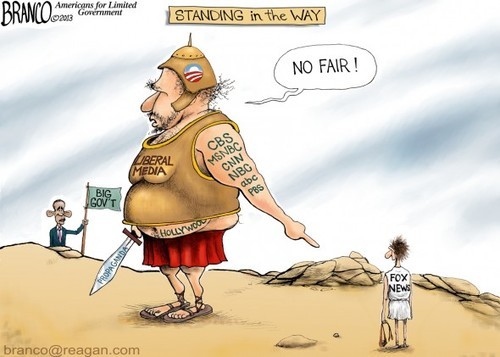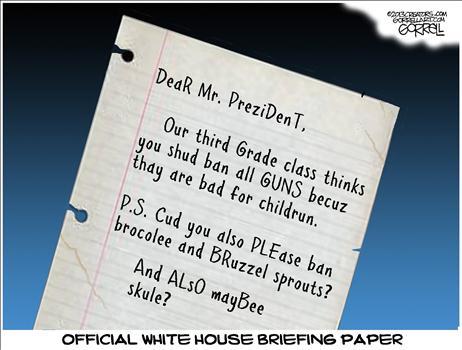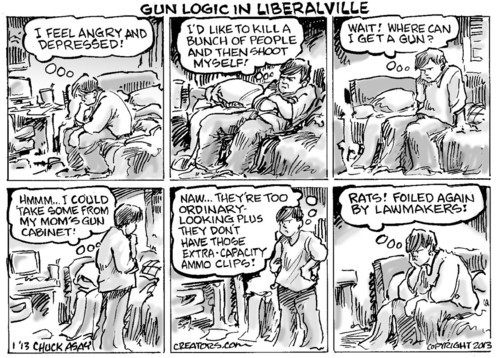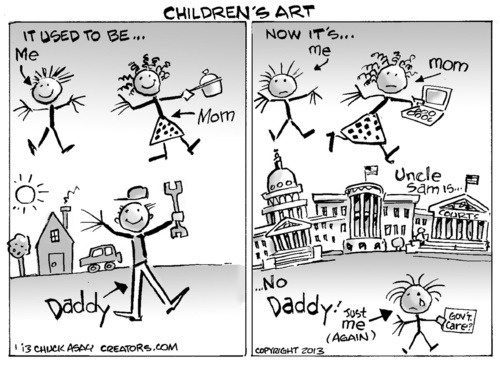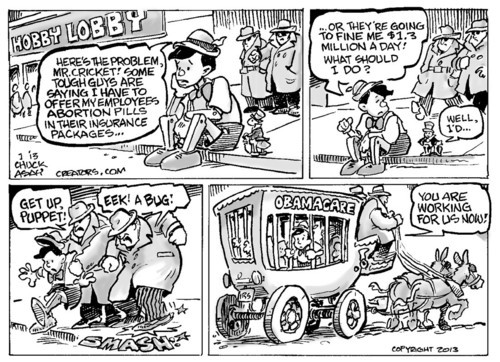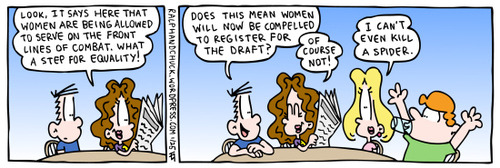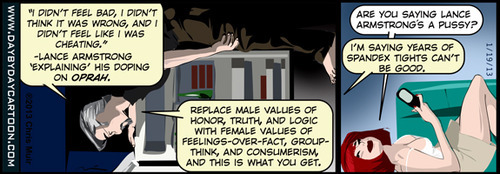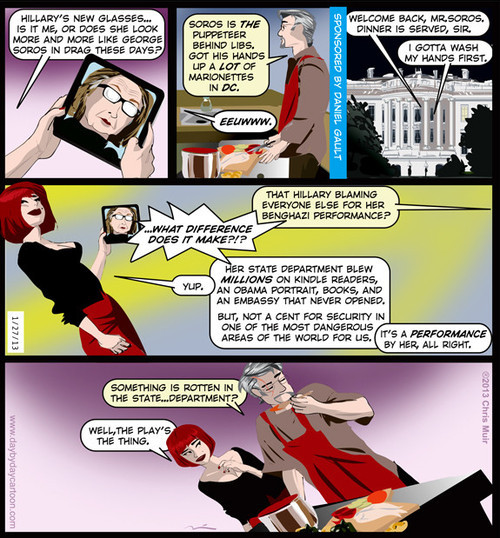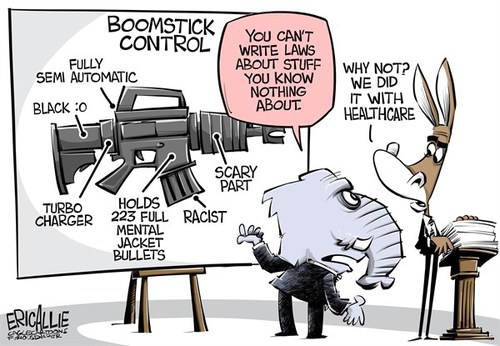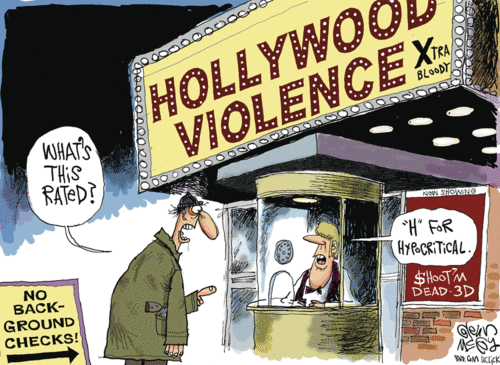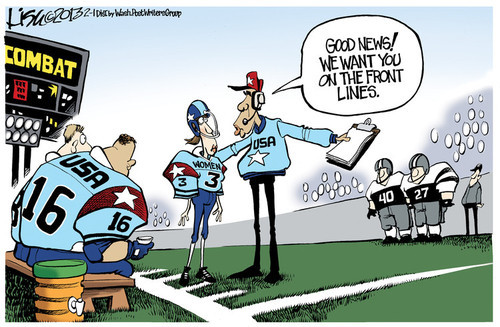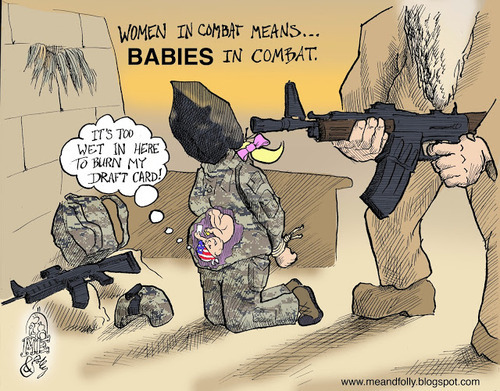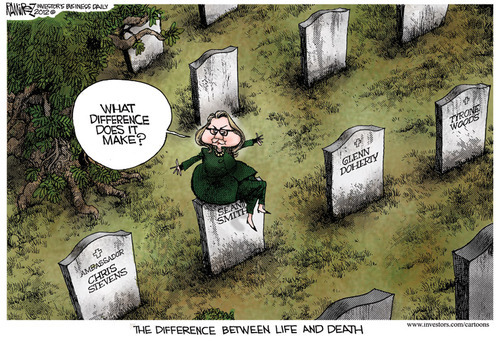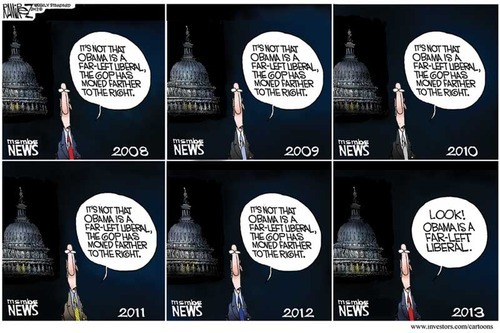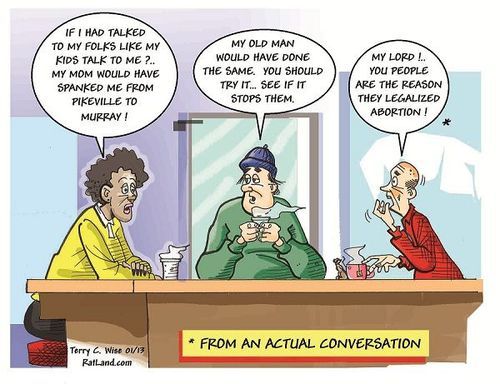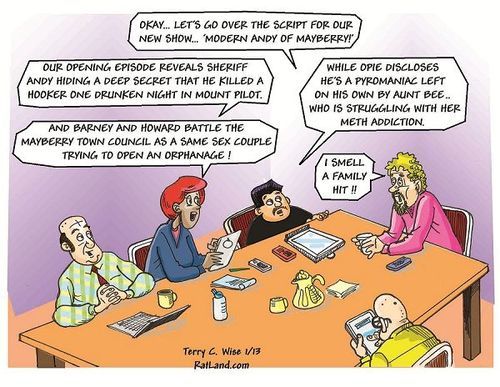Written by Leigh Kolb.
Last year, after Django Unchained was largely snubbed at the Oscars (compared to the Golden Globes), I looked at the history of the Black actors/characters who were awarded by the Academy over the years. The results were troubling, but not surprising–much like the infographic The Huffington Post posted today about what roles that women won for over the years (here is Feministing‘s take on the findings).
It’s fairly clear what roles Hollywood is most comfortable with: for Black characters, passivity, tired stereotypes, and villainy get the highest awards. For women, wives/daughters/mothers/sisters/girlfriends–all roles in relationship to men–are rewarded.

For men (who are almost all white), the category with the most winners is “Historical.” For men, there are countless historical roles to fill, so filmmakers can tell the stories of those who have shaped our history and culture–or at least, those whom we see and are told about. And this has been a history that has been largely unkind to Black people and women.
In an interview, late author Chinua Achebe quoted the following proverb: “Until the lions have their own historians, the history of the hunt will always glorify the hunter.”
The hunters write history. The hunters glorify themselves. The hunters’ history infiltrates itself into the very fabric of our cultural narrative, so we’re only comfortable with seeing the complexities of the hunters, and the simplicity of the lions.
It is what we’ve been trained for since birth.
This is a history that the lions have had to fight and claw their way out of, yet we don’t see them in Hollywood. The lions write, the lions pitch, but the hunters are not interested. (And the hunters have the money, from generations of oppressing the lions.)
I’d be happy to see the hunters start telling the lions’ history, even just a little bit (I salivate at the thought of Quentin Tarantino taking on suffragettes).
Three of this year’s Best Picture nominations (12 Years a Slave, Wolf of Wall Street, and American Hustle) are films that are based on real stories–and each of these stories, on some level, is about white men fucking people over so they can get rich. And at the end of these stories, the white men don’t really get punished. This is our history.
This is our history.
So how can we blame the Academy for reflecting this history back at us? Art is imitating life, and life keeps imitating art. If the two are so inextricably related (which they are), where do we go from here?
I’m not one who argues that it’s all about the Bechdel Test, or that we need to demand the Perfect Feminist Film. Some of the most potentially empowering films that I’ve seen (that feature female and Black protagonists) would be solidly placed in the “exploitation” category (Blaxploitation especially). We need to demand female and Black anti-heroes if we want true, complex characters and stories.

As I argued in regard to 12 Years a Slave, we have barely started to deal with our country’s history, and we need to, desperately. But still–the only white American actor who is prominently featured in the film was Brad Pitt, who plays a heroic Canadian. It’s hard to face.
In American Hustle and Wolf of Wall Street, the white male protagonists are complex–they aren’t good, but they are whole. They are criminals. They are cheaters. But audiences kind of like them–or at the very least, accept them.
Our goal as lions, then, may not be to just tell our stories. We need to become hunters, and find those stories and demand that they be told. We need to face a history in which Black hunters and female hunters have been punished, and white male hunters have prevailed. We may not be able to rewrite that history, but we can live within it, and force it into our cultural narrative. (Or, as my husband said after we sat through previews last weekend, “They could just quit telling World War II stories for a while.”)
But here we are, in 2014, facing how the Academy’s choices clearly reflect our history. What do we do with this? We should get angry at history, and attempt to rewrite our future. We should be angry at an American history that has oppressed women and Blacks since its inception.
If Wolf of Wall Street reflects modern history, which it does, we see that white men are still winning (case in point: I can’t use the term “winning” without thinking about a white male actor who “allegedly assaulted, threatened, harassed, abused, and—in one incident—shot women” and yet still was the highest-paid actor on television in 2010).
If we want to tell revolutionary women’s and Black people’s stories, we’ll have to settle for a lot of tragedies. There aren’t slaps on the wrists or a few months in a cushy white-collar prison for these historical figures. There’s torture, lynching, and shame. And the villains are almost always white men.
So we’re back to the hunter. And what we know about hunters is they don’t come back bragging about their losses; they brag about their wins. It’s time for them to stop winning, and for the lions to be heard. Then, and only then, can we expect the Academy to reflect a new reality.
Leigh Kolb is a composition, literature and journalism instructor at a community college in rural Missouri.
